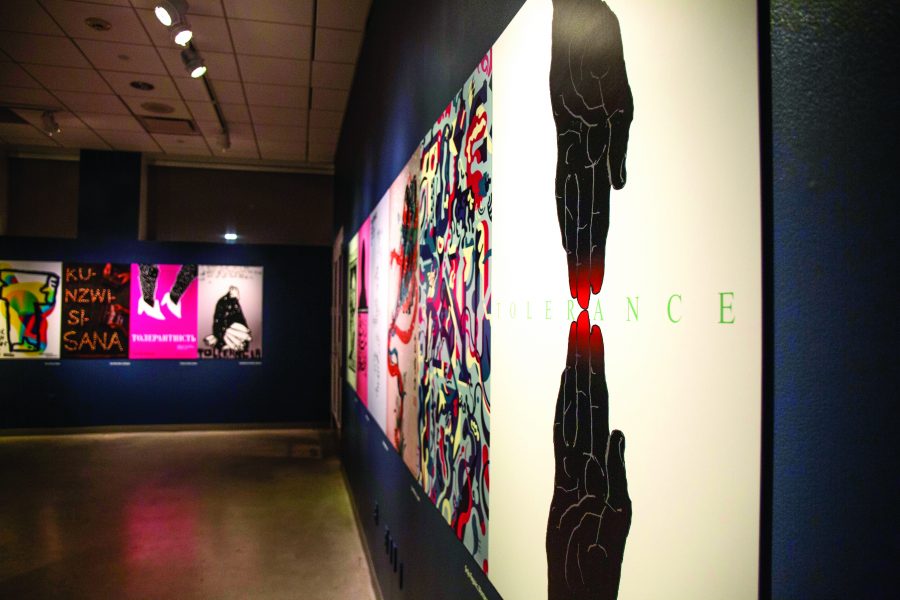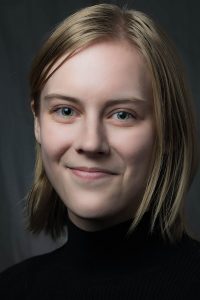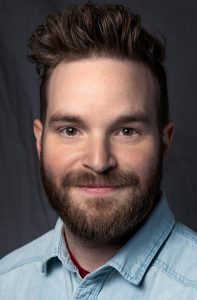Art often communicates with us on an intuitive if not spiritual level, but for art to be considered activism, we may need to ask what qualifies the piece. For the ideas to be provoking, what side of the scale will be most effective? Should art drive its audience towards outrage or introspection? Designer Mirko Ilić, creator of the traveling TOLERANCE project, leans towards the latter.
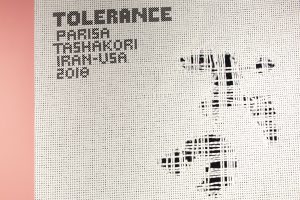
“The International Tolerance Project: Promoting Dialogue Through Design” will be featured in the Utah Museum of Fine Art’s (UMFA) ACME Lab, displaying a selection of the collection’s bright and eclectic posters from around the globe. International designers were given the task of creating posters incorporating the word “tolerance” in their native language as well as what the term prompted them to imagine. This creates a wide margin for diversity which the project also promotes in its mission. UMFA chose a sample of 22 posters from over a hundred to exhibit a wide spectrum of style and countries. Working with only a bite-sized portion of the project, UMFA’s graphic designer Meredith Bunsawat explains how the curators wanted to pull pieces which she said “had strong visual communication and impact that played well together and that would resonate with our audience here in Salt Lake City.” As you can imagine, this only speaks to the range of representation within the exhibit. Since we routinely see everything from hate crimes to protest marches in national news as well as the diversity within our own community, the posters nod to several current topics.

Their bursts of colorful minimalism give each piece a look reminiscent of a movie poster. In fact, walking into the ACME Lab is not unlike walking into a movie theater— except, looking closer, every film has the same title. Tolerance, tolerancia, толерантність all take one form or another on the prints. The project has such a direct and critical message that the need for transparency is obvious. Still, despite the risk of miscommunication most art faces, each piece supports the collective theme. Not necessarily diluting any individual intention, the collection focuses on supporting a shared message. Some posters depict the project concept, such as one from Cuba washed in a deep red backdrop and featuring two knives with their blades turned away, the handles kissing. Others speak to specific differences, such as one from Lebanon that features the back of a hijab with a plea to replace fear with curiosity. One from South Africa depicts Nelson Mandela’s smiling face in a whirlpool of lines and patterns. South Africa was actually the last home to the exhibit where it was displayed in the notorious former prison that Mandela and other activists were once held. “It’s such a diverse collection,” said curator Jorge Rojas, the museum’s director of education and engagement. “Everybody is bound to experience something different.”
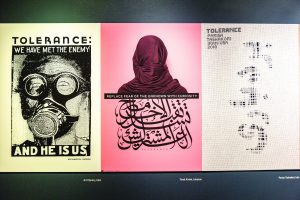
The goal of designer Ilić and the curators at the museum is for the exhibit to facilitate conversation and self-reflection, hopefully to encourage people to think about how they can contribute to an understanding of society. To create a tactile connection to go with these ideas, the UMFA will be hosting an event March 16 for visitors to learn about the project as well as give them a chance to design their own posters. This points to the other intention of this project which is for viewers to see artists as advocates for tolerance and design “as a strategic tool for social change,” according to Bunsawat. She also pointed out “designers are skilled at distilling information down to its key parts so that it can be communicated and understood by a broad audience.” The form compliments the intent, TOLERANCE transcends the boundaries it decries.
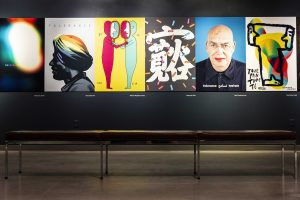
This approach is not new. Many language teachers, especially ones with students from linguistically diverse backgrounds, have students communicate with the words they know. This seems to translate in the broader sense of human connection and shared experience. The elements in these pieces will, like Rojas said, speak to everybody. One could argue that the message might misconstrue how obtainable this goal is, but pick your distortion. Tolerance only asks that we live together and “TOLERANCE” encapsulates a global desire for peace. Envisioning our future will have to be communal. Bunsawat honed in on this belief by concluding that if our society “made up of many communities, can effectively communicate how we … envision our ideal world we can better understand one another and our similarities.”
TOLERANCE is on display from Jan. 17 until June 23. Mirko Ilić will be speaking on Jan. 23 at 7 p.m. at the Katherine W. and Ezekiel R. Dumke Jr. Auditorium for free. Third Saturday for Families: Design Your Own Poster will be held March 16 from 1-4 p.m. and is also free.


